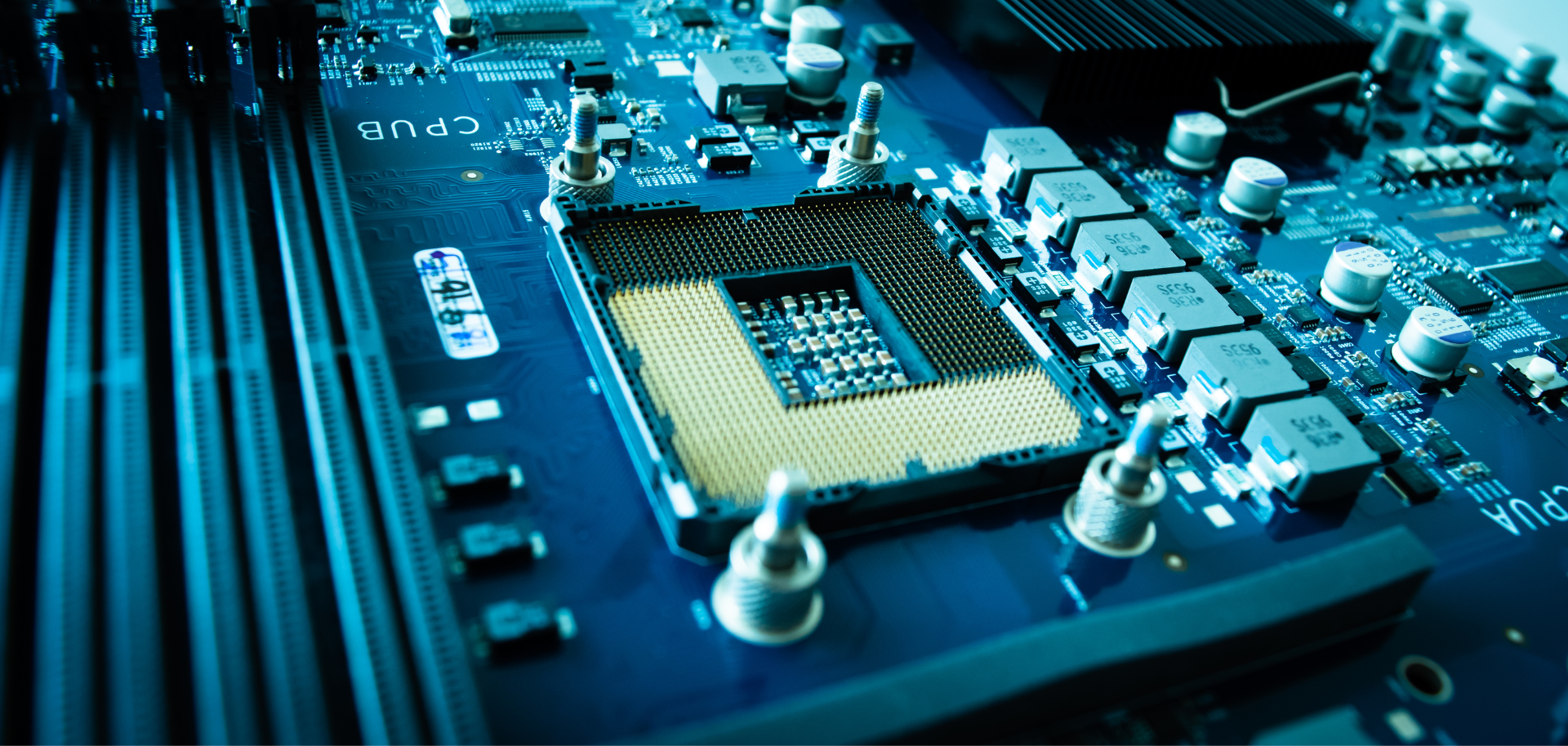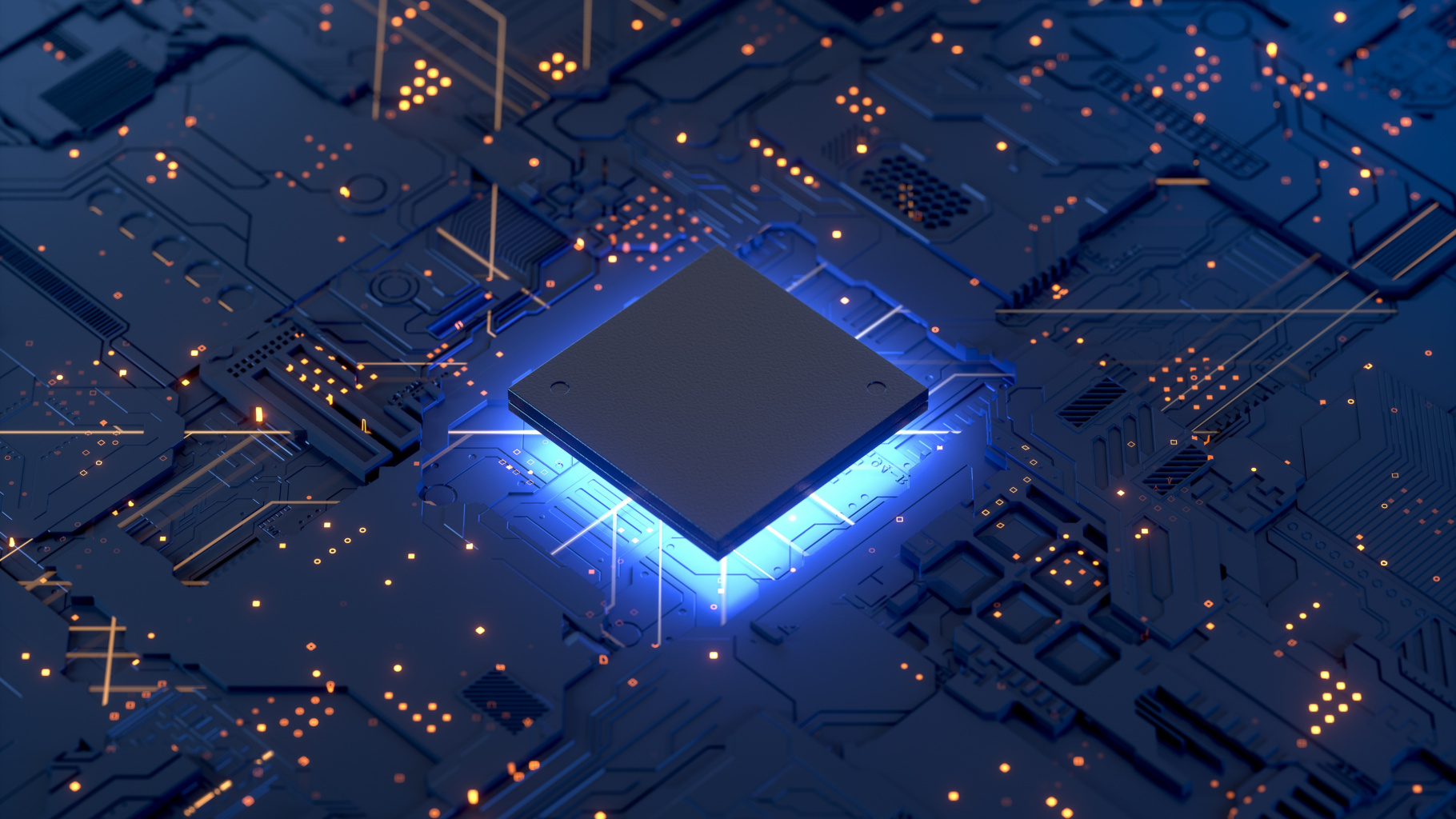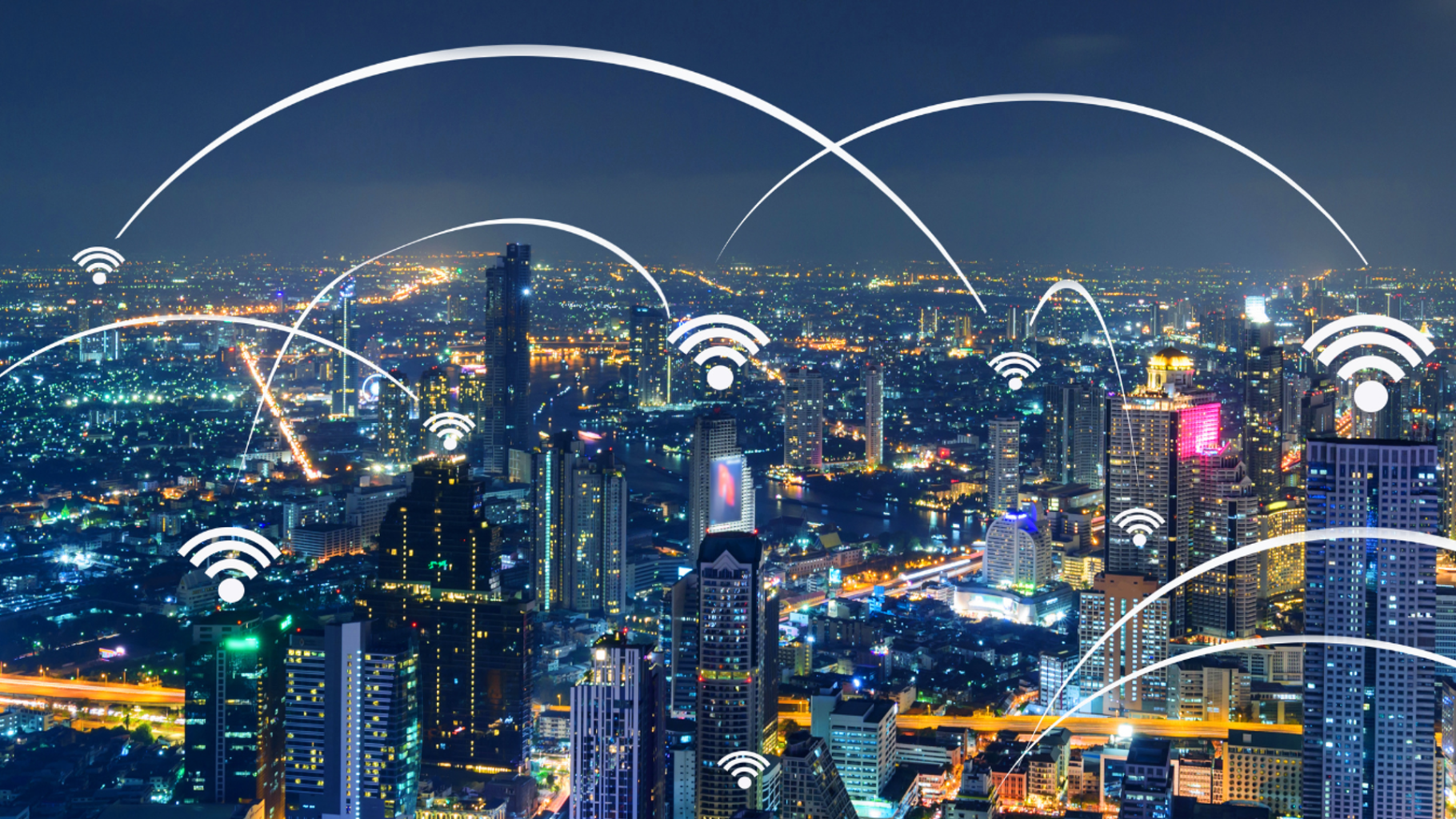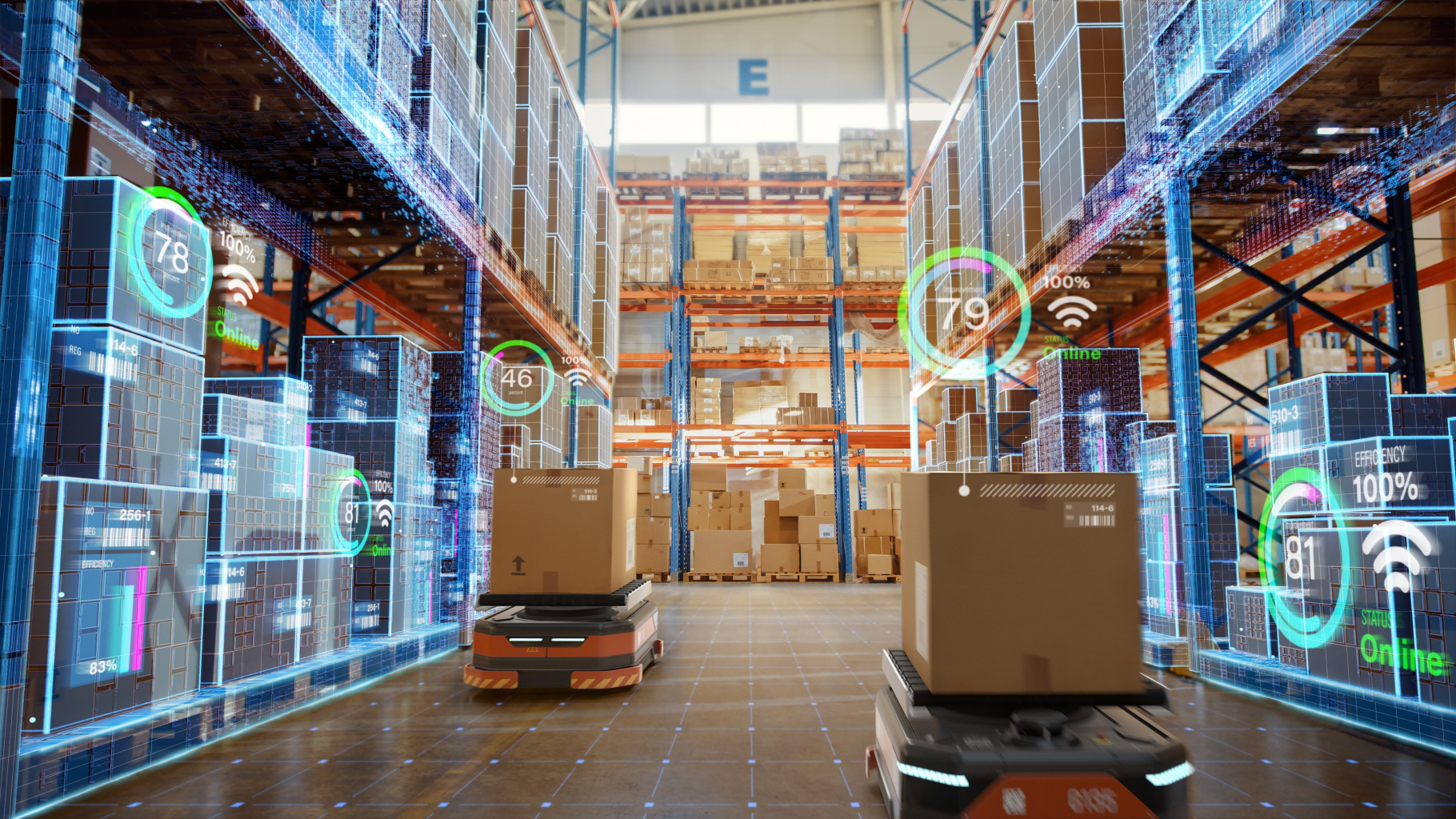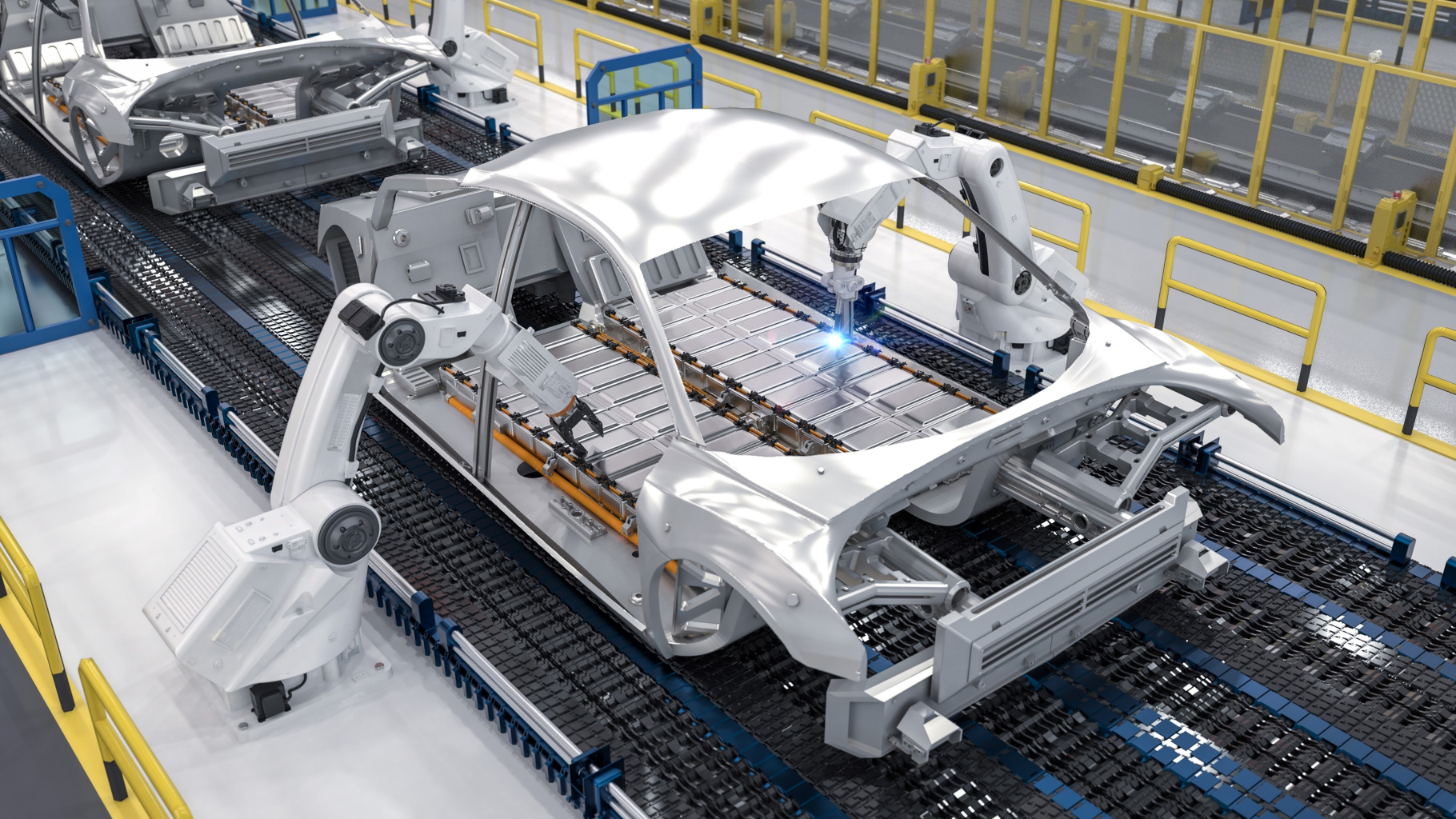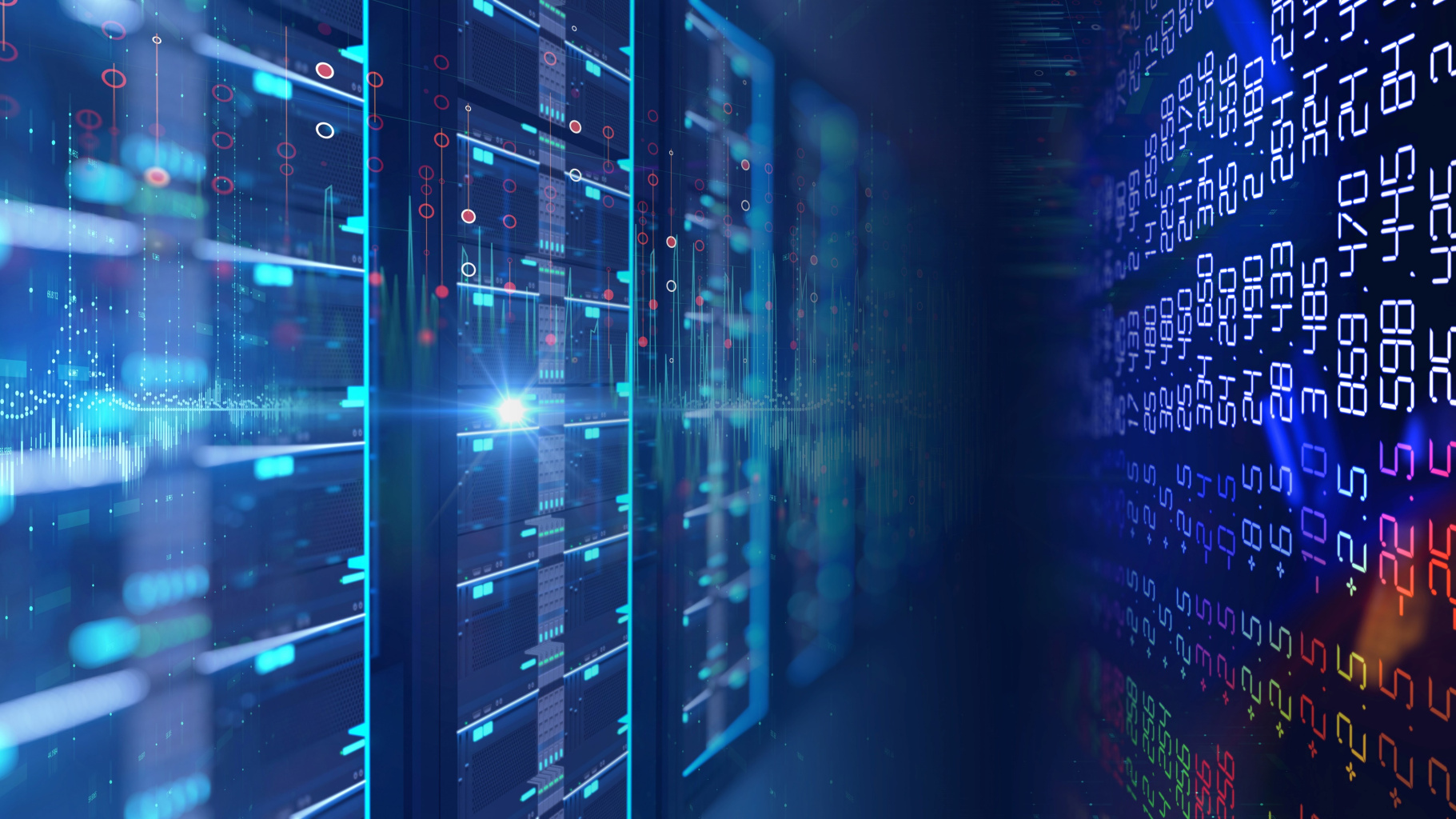Search
- 06/27/2023
From Latency to Efficiency: Exploring the Application Scenarios of Edge Computing Servers
In the expansive realm of digital technology, edge computing servers are a ground-breaking innovation. These servers process data at the network's Edge, close to the data source, offering advantages over traditional cloud servers in various applications. Their capability to provide real-time data processing and low latency makes them particularly suited for Industrial IoT, Smart Homes, and Healthcare.
Category
1) Edge Computing Servers vs Traditional Cloud Servers
2) Case Studies and Scenarios of Edge Computing Servers
3) Shaping the Future with Edge Computing Servers
4) Embracing the Potential of Edge Computing
5) FAQs
Which one is your better choice? Edge Computing Servers vs. Traditional Cloud Servers
Before we explore the ins and outs of edge computing servers, we must first grasp how they differ from their cloud counterparts. Let's delve into the specific advantages that make edge computing servers a compelling choice:
- Faster Data Processing: Edge computing servers excel in speed. Unlike traditional cloud servers, which require data to travel to a central location for processing, edge computing servers perform data processing closer to the source. This proximity ensures minimal delays, making them perfect for applications that demand instant data processing.
- Enhanced Real-Time Capabilities: Edge computing servers empower real-time applications by bringing data processing closer to where it originates. Whether autonomous vehicles make split-second decisions, IoT devices need instant communication, and remote monitoring systems require timely data analysis, edge computing servers offer the low latency needed for optimal performance.
- Improved Bandwidth Utilization: Edge computing servers optimise bandwidth usage by reducing the amount of data traffic sent to centralised cloud servers. Instead of sending all data for processing, edge computing servers perform local processing and only transmit relevant and actionable information. This approach minimises strain on network resources and maximises the efficient utilisation of available bandwidth.
- Increased Reliability: Edge computing servers ensure reliability, even when the connection to the centralised cloud server is compromised. By processing data locally, critical functions can continue without interruption, reducing the impact of network disruptions. This reliability is particularly valuable in applications where uninterrupted operation is vital, such as remote monitoring systems or mission-critical infrastructure.
While cloud servers bring enormous storage capacity and processing power, they might fall short for applications that need instant data processing. Cloud servers are centralized, often resulting in higher latency and potential network congestion. Conversely, edge computing servers reduce latency by bringing data storage and processing closer to the data source.
Learn More: Get a head start for AI at the edge, The Answer for demands of Cloud Storage in The Age of Big Data
Case Studies and Scenarios of Edge Computing Servers
These case studies exemplify edge computing servers' practical applications and benefits across various industries. They highlight the advantages of real-time data processing, improved response times, enhanced automation, and optimised operational efficiency. By leveraging the power of edge computing servers, organisations can unlock new possibilities and drive innovation in their respective fields.
Case 1: Industrial Automation
In the industrial sector, edge computing servers play a vital role. For example, imagine a manufacturing unit equipped with numerous IoT devices. These devices constantly generate data related to machine performance, production rate, and quality control parameters. Deploying edge computing servers on the factory floor makes real-time data processing possible. This enables the unit to swiftly identify and address operational inefficiencies, optimise production, and minimise downtime.
Case 2: Smart Homes
Imagine a smart home with various IoT devices such as security cameras, smart locks, lighting systems, and thermostats. Each of these devices generates a significant amount of data. Locally deploying an edge computing server, this data can be processed in real-time. This allows for seamless automation, enabling swift and intelligent control of smart home devices while ensuring enhanced security and privacy.
Case 3: Retail Analytics
In the retail industry, edge computing servers have proven beneficial for real-time analytics. By placing edge servers in brick-and-mortar stores, retailers can collect and process data from various sources, including point-of-sale systems, footfall trackers, and inventory management systems. This enables them to gain valuable insights into customer behaviour, optimise store layouts, and personalise shopping experiences, ultimately enhancing customer satisfaction and driving sales.
Case 4: Remote Monitoring and Predictive Maintenance
Edge computing servers have been successfully deployed in remote monitoring and predictive maintenance applications. For instance, wind farms equipped with edge servers in the energy sector can analyse sensor data in real-time to detect potential issues and predict maintenance needs. By proactively addressing maintenance requirements, downtime can be minimised, and the overall operational efficiency of the wind farm can be optimised.
Case 5: Patient Monitoring and Telemedicine
Edge computing servers have revolutionised patient monitoring and telemedicine. Edge computing has transformed healthcare delivery by continuously processing patient data in real-time, generating timely alerts, enabling remote monitoring, facilitating seamless telemedicine services, and ensuring robust data security. It empowers healthcare professionals to make informed decisions, provides accessible care to remote areas, and enhances patient outcomes.
Future Trends and Development Directions for Edge Computing Servers
These future trends and development directions highlight the immense potential of edge computing servers. By embracing intelligent edge computing, fostering integration and synergy, prioritising security and collaboration, and focusing on efficiency and sustainability, industries can unlock new levels of efficiency, real-time responsiveness, and innovation in a distributed, intelligent, and interconnected computing landscape.
Intelligent Edge Computing
- Increased Edge Intelligence: Edge computing servers will become more intelligent and capable of performing advanced analytics and machine learning algorithms at the edge. This will enable real-time decision-making and autonomous operations, unlocking new possibilities in various industries such as autonomous vehicles, smart cities, and industrial automation.
- Edge-to-Cloud Integration: The convergence of edge and cloud computing will lead to seamless integration and collaboration. Data processing and analysis will be distributed across the edge and cloud, optimising resource utilisation and enabling scalable and efficient solutions.
- 5G and Edge Computing Synergy: Between edge devices and edge computing servers, the low latency and high bandwidth of 5G can make data transmission faster and more efficient which is able to support applications that require real-time responsiveness and massive data processing.
- Edge Ecosystem Collaboration: Collaborations and partnerships will flourish among edge computing solution providers, device manufacturers, and industry stakeholders. This ecosystem approach will drive interoperability, standardisation, and the development of edge computing frameworks that cater to specific industry needs.
- Energy Efficiency and Sustainability: Energy efficiency will be a key consideration in developing edge computing servers. Innovations in low-power processors, energy harvesting technologies, and optimisation algorithms will enable energy-efficient operations, contributing to sustainability goals.
Learn More: The trends and observations expected of the Server in the next decade, The Next Big Thing in Data Processing
Embracing the Potential of Edge Computing
In the Internet of Things and Industry 4.0 era, edge computing servers are essential for organisations embracing digital transformation. They offer advantages such as improved response times, reduced latency, improved real-time capabilities, and optimised bandwidth utilisation. USI stands out among competitors, providing expertise and a comprehensive edge server portfolio. With USI, you gain cutting-edge technology, innovative solutions, and unparalleled support, positioning your organisation at the forefront of distributed computing.
With USI, you benefit from a comprehensive edge server portfolio and unparalleled support. Our expertise and cutting-edge technology ensure your organisation stays ahead of the curve in distributed computing. By partnering with USI, you unlock new efficiency, responsiveness, and innovation levels, driving growth and surpassing your competition.
FAQs
Q: What is edge computing?
Edge computing is a paradigm that involves processing data as close to its source as possible rather than relying on a centralised cloud-based system. By bringing computation and storage capabilities closer to the network's edge, edge computing enables faster and more efficient data processing, reducing latency and enhancing overall system performance. It allows organisations to handle data in near real-time, enabling quicker decision-making and more responsive applications.
Q: How does edge computing differ from cloud computing and what are the advantages?
Edge computing distributes data processing tasks closer to the data source, reducing latency and improving efficiency compared to the centralised nature of cloud computing. The advantages include faster response times, reduced reliance on a stable internet connection, optimised bandwidth utilisation, and enhanced data privacy and security.
Q: How do edge computing servers excel in faster data processing?
Edge computing servers excel in faster data processing by bringing computational resources closer to the data source, minimising delays caused by data travelling to a central location. This proximity enables applications that require instant data processing, resulting in near-instantaneous responses and improved overall system speed and efficiency.
Q: What are the enhanced real-time capabilities of edge computing servers?
Edge computing servers enable real-time applications by processing data closer to where it originates. This empowers applications such as autonomous vehicles, IoT devices, and remote monitoring systems with low latency, allowing instant communication, timely data analysis, and rapid decision-making for optimal performance.
Q: What are the practical applications of edge computing servers in the industrial sector?
Edge computing servers have practical applications like industrial automation and predictive maintenance in the industrial sector. They enable real-time data processing on the factory floor, helping to identify operational inefficiencies, optimise production, and minimise downtime. They also analyse sensor data in real-time to detect issues and predict maintenance needs, reducing downtime and optimising overall operational efficiency. Edge computing servers enhance automation, streamline processes, and drive manufacturing, energy, and logistics innovation.
Contact USI Design Team here if you require more professional details.
Keep up with top trending topic
For the latest innovation technology, application
and industry insight.
Subscribe Our Blog
For the latest innovation technology, application
and industry insight.



